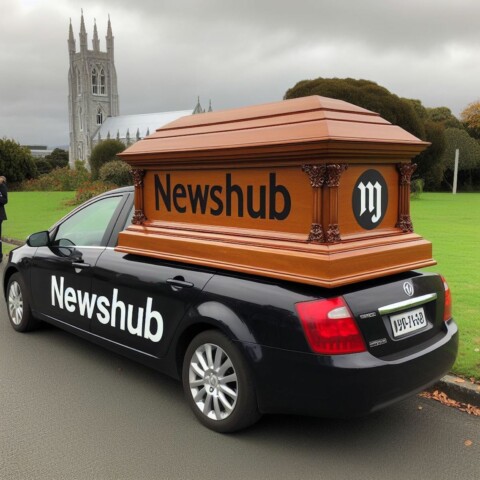For a while there, I was Captain DSLR. Every time I left the house, I’d have my old Nikon D200 over my shoulder, initially with at least two lenses in a bag, then with only the 18-200mm lens and eventually, with nothing more than Nikon’s excellent 35mm F2.0 stuck on the front. I also had a tripod and a monopod in the boot of the car, just in case.
When faced with at least five months of living out of a suitcase while on my mid-life crisis holiday, I thought about dragging my DSLR and three lenses plus a full size tripod along with me. That idea was rejected in a hurry after I saw how much backpack space this ensemble would consume (as detailed here). Instead I opted for my little Canon S95, the best pocket camera I could find at the time. The S95 is genuinely pocketable, and by this, I mean jeans pocket, not cargo pants pocket.
I never missed the bulk of the DSLR and because I wasn’t shooting action or sports, I didn’t miss the DSLR’s speed either. All in all, the S95 did a great job; it was reliable, had a very reasonable battery life and took amazing shots even at higher ISO levels. The S95’s 28mm lens didn’t cover nearly as much ground as a 12-24mm on the DSLR but I’d accepted that as a necessary compromise.
What I didn’t bargain for was how much I’d miss a viewfinder. When Phil Hanson compared the S95 to Canon’s other compact star, the larger G12 in this review, he pointed out the following:
“So what Canon and the others are saying is: “We’re giving you a camera of incredible ability given its size and price, but we don’t really want you to be able to use it on a sunny day.” The beauty of the viewfinder is, of course, that you can see through it 24/7 and even though it might not be 100 per cent accurate, it’s good enough, and certainly way better than pointing in the general direction and hoping for the best.”
You guessed it folks, Phil was spot on. The S95’s performance can’t be faulted for what it is but there were times on the trip that I was more than a little frustrated. There really is no better way to compose a photograph than by staring through a viewfinder with the camera braced against your face. Holding a camera way out there while you try to work up the best composition is not optimum at the best of times, but throw some bright sunlight into the mix and the situation gets much worse. The week I spent in Canyon Country USA comes to mind, when virtually every shot had to be made in blinding sunlight (and 40 degree plus heat), which is when the S95 and I started to bicker.
The process goes something like this:
1.Squint at the LCD screen and move the camera up and down and back and forth trying to find the shot through the glare and haze.
2.Try and find some way to see what’s on the LCD by holding the camera close to your face, or shading it with your cap or popping it under your shirt while you peep through the neck hole.
3.Curse.
4.Take the shot again using step #1 while you try to actually capture the composition that you had in mind, not the mess that the camera somehow saved.
5.Repeat step #2 and #3.
6.Do the above hundreds of times for a week.
7.Check into the mental health clinic.
 Unfortunately, unless there’s a miracle camera out there that I’m not aware of, I’m pretty much stuck. For example, the S95 is tiny, captures great images but there’s no viewfinder. The G12 is just as capable image-wise but its bulk really means it’s a bag or over the shoulder camera, while a DSLR (particularly a full-frame model with a superb viewfinder) is a tank of a thing that will be a pain to hail around. Some modern hydrids such as Nikon’s V1 have good electronic viewfinders but they’re even bigger than the G12, which puts them into bag/shoulder territory again.
Unfortunately, unless there’s a miracle camera out there that I’m not aware of, I’m pretty much stuck. For example, the S95 is tiny, captures great images but there’s no viewfinder. The G12 is just as capable image-wise but its bulk really means it’s a bag or over the shoulder camera, while a DSLR (particularly a full-frame model with a superb viewfinder) is a tank of a thing that will be a pain to hail around. Some modern hydrids such as Nikon’s V1 have good electronic viewfinders but they’re even bigger than the G12, which puts them into bag/shoulder territory again.
Mutter, moan, complain. Won’t someone please make the ultimate travel camera (i.e. my ultimate travel camera) – an S95 sized device with a little zooming glass hole that I can stare through? I know that there’s a demand and your visionary company will sell at least one, and maybe two if Phil is keen.
















I was saying it long before that.
The other factor in favour of viewfinders is that you hold the camera a lot steadier when it’s against your face than at arms length therefore allower slower shutter speeds